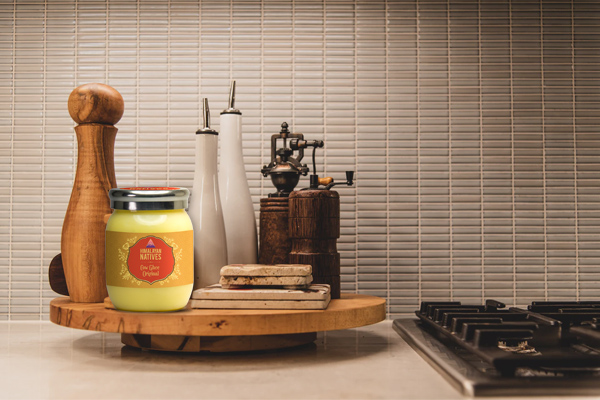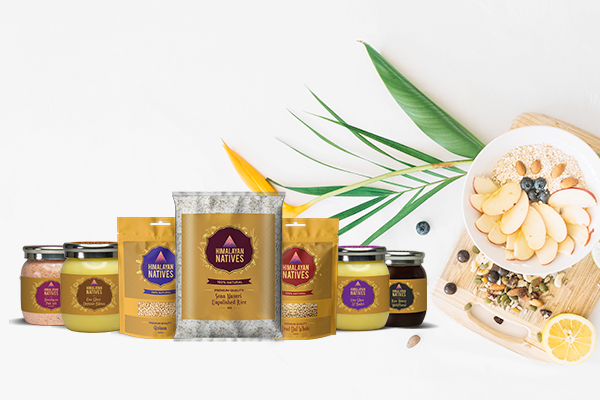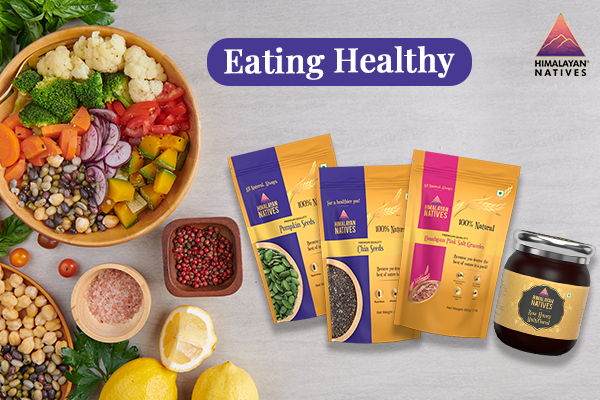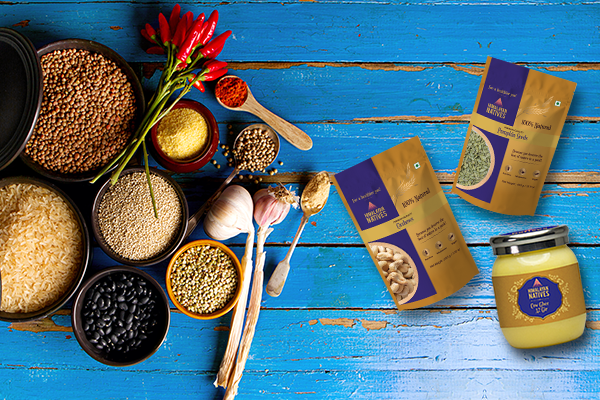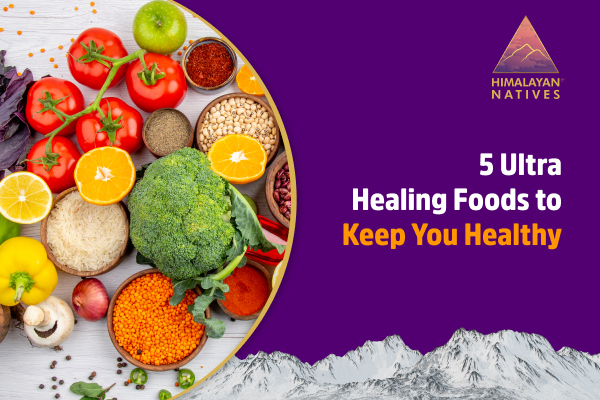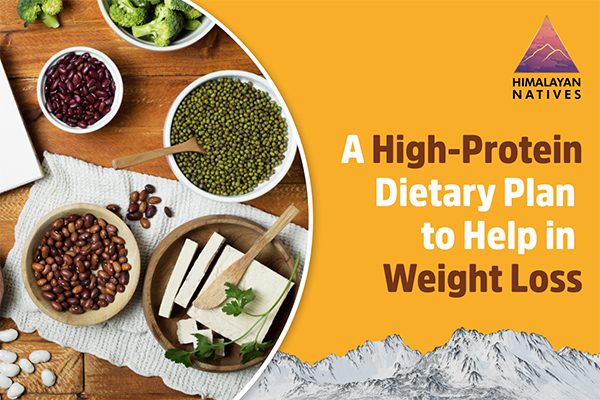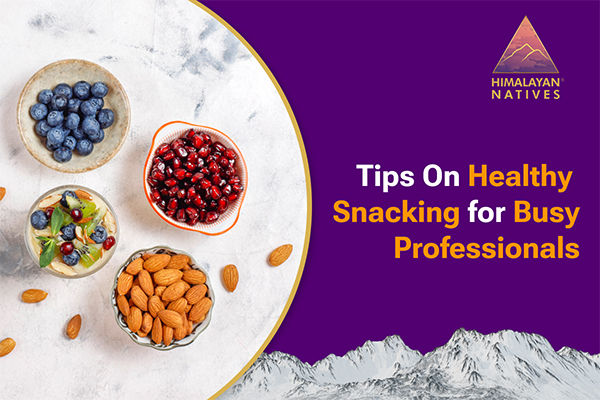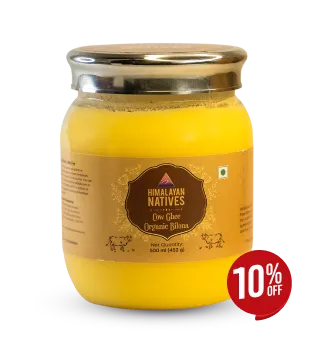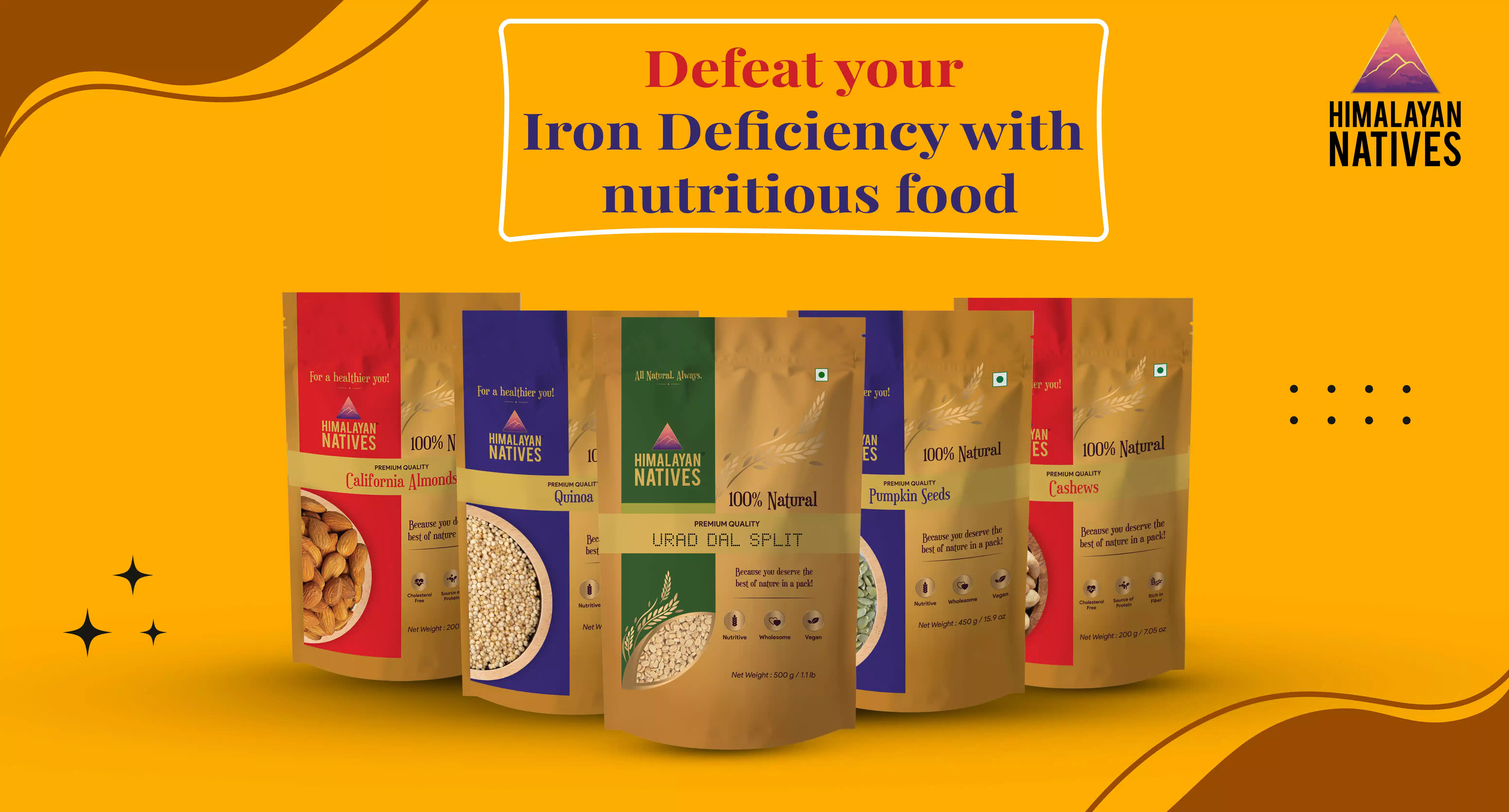
Introduction:
Go back deep into your memories. Remember that monkey toy you had with drums? The one where you had to spin the key multiple times to get the monkey to beat the drums? All 90s kids had that toy. But wait, why are we telling you about this? What’s that do with iron deficiency? What does it have to do with nutritious food rich in iron?
What happened when you didn’t spin the key of the monkey? It slowly and gradually stopped beating the drums. It had to be recharged frequently to function properly.Iron does the same thing for our bodies. Iron is the mineral that is needed by our body to produce haemoglobin. haemoglobin is a protein in the red blood cells that helps carry oxygen through the blood vessels.
So in simpler terms, our body is the monkey, drums are the activity we do everyday, iron is the battery, and iron rich foods are the key to the battery. Without iron, our body loses all the energy and we feel lethargic and tired.
To eat is a necessity, to eat intelligently is an art. After all, you are what you eat.
Let’s talk about all the iron rich natural food options that are easily available to combat these symptoms.
The seeds collection:
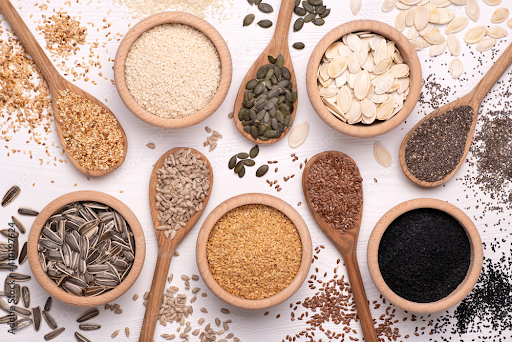
Pumpkin Seeds:
Pumpkin seeds are excavated from the pumpkin fruit. They are flat and oval in shape and are also known as pepitas. These seeds are highly nutritious, as they contain minerals like magnesium and iron at maximum. 100 grams of pumpkin seeds contain 3.3 mg in 100 grams. You can roast them and eat them as a snack with your high tea or just anytime there is an unnecessary hunger.
You can use pumpkin seeds in various ways such as:
- Add it to salads, smoothies, cereals
- Garnish over pasta
- Blend in making dips, hummus, etc.
Sesame Seeds:
The sesame seeds are found inside the sesame plant. The plant is dried and eventually shaken, so the seeds drop from the same. It is famous for its oil and is also known as an oilseed. These seeds are versatile as they are used in many different products such as perfumes, edibles, bath and body, etc. Being iron rich as they contain 14.6 mg of iron per 100 grams, it becomes one of the best foods for iron deficiency. Uses of sesame seeds:
- Preparing til ke ladoo or til ki barfi
- Garnish over burger buns or toasts
- Dressing over pulao and salads
Flax Seeds:
They are also known as Linum usitatissimum and cultivated from the flax plant. They contain 5.7 mg of iron per 100 grams. Being rich in iron they are also high in fibre. They can be eaten raw but if you are a food lover, you can also eat flaxseeds by:
- Adding them to your smoothies
- Kneading them in your wheat doughs or khakhras
- Adding them to your curd, and it becomes a good weight loss dish
It is even better if you eat 100% natural seeds like the Himalayan Natives seeds.
Dry Fruits:
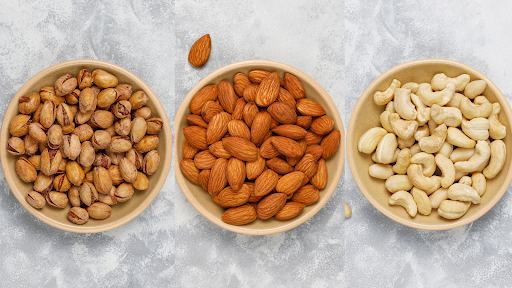
A person who believes in healthy eating would always include dry fruits in their diet. So let's take a look at which of the dry fruits are rich in iron and what are the additional benefits of consuming them.
Cashews:
With being one of the most delicious dry fruit, cashews contain 6.7 mg of iron per 100 grams. They are also rich in potassium and other essential fatty acids that contribute to keeping our hearts healthy. Cashews help in reducing bad cholesterol and increasing good cholesterol. They can be consumed:
- Raw
- Roasted
- Salted
Almonds:
They contain 5.4 mg of iron per 100 grams. They are not only a good source of iron but also rich in fibre, healthy fats, and protein which benefits in reducing sugar levels, blood pressure, and bad cholesterol. One should consume a minimum of 10-12 almonds everyday and the best time to have them is in the morning. Visit our website (Himalayan Natives) if you are a natural food lover like us.
Pistachios:
They contain 14 mg of iron per 100 grams which is almost 3 times as many other dry fruits. They also provide a healthy gut and increment in good bacteria. With keeping you full for a longer time, they add good fibre that helps a clean respiratory system.
Lentils:
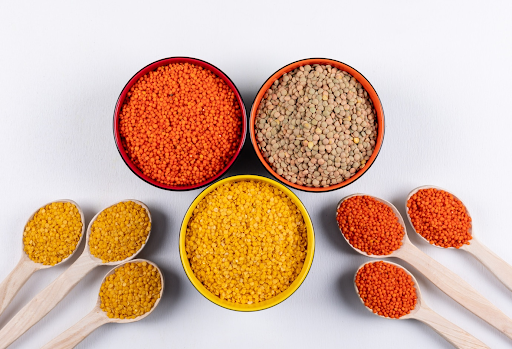
Red Lentils:
Also known as Masoor Dal in Hindi, it is known to be one of the best lentils to consume suffering from anemia. One cup serving of masoor dal provides you with 6 mg of iron. It is one of the recognized dishes of India.
Yellow Lentils:
It is known as Moong Dal in Hindi, and contains 12 mg of iron per serving. Its high iron content makes it an iron rich dish to consume. It can be consumed in various ways such as dal fry, dal tadka, multigrain khichdi, etc.
Black Gram:
It is known as Urad Dal in Hindi, and contains up to 8 mg of iron per 100 grams. It helps with diabetes, heart diseases, and obesity and helps cure liver and kidney diseases. From consuming it as a dal to cooking tasty south Indian recipes with it, you can never get enough of it.
Now that you know the iron rich Indian foods, read our Post-Workout Meal blog, Title: Post - Workout Meal after Gym: What to eat? & its Health Benefits to know how you can incorporate lentils, seeds, and dry fruits into your daily routine.
We hope you kick iron deficiency out of your body and life. Taking care of your body should be the no. 1 priority of any human being. Wealth will be of no use if health is deteriorating.
All the best in beating the anemia.
Frequently Asked Questions (FAQs):
Q) What causes lack of iron?
We get iron from the food we eat. Consuming less iron overtime, will conclude to insufficient iron in our body, and hence, we face anemia (the lack of iron). It is important to consume iron rich food on a daily basis.
Q) Does Indian food have iron?
A lot of Indian foods are rich in iron such as green vegetables, lentils (different types of dals), dry dry fruits, etc. Vegetarians also have rich sources of iron food options available. Click on our Instagram post to know more about which food options beat iron deficiency.
Q) How do you feel when your iron is very low?
One might feel extreme tiredness, body pain, headache, dizziness, shortness of breath, etc. Due to insufficient iron, our body is unable to produce haemoglobin which results in a human feeling lethargic.
 HELPFUL0 people found it helpful
HELPFUL0 people found it helpful
Related Blogs
Subscribe to Our Blogs
and never miss on the latest update!







